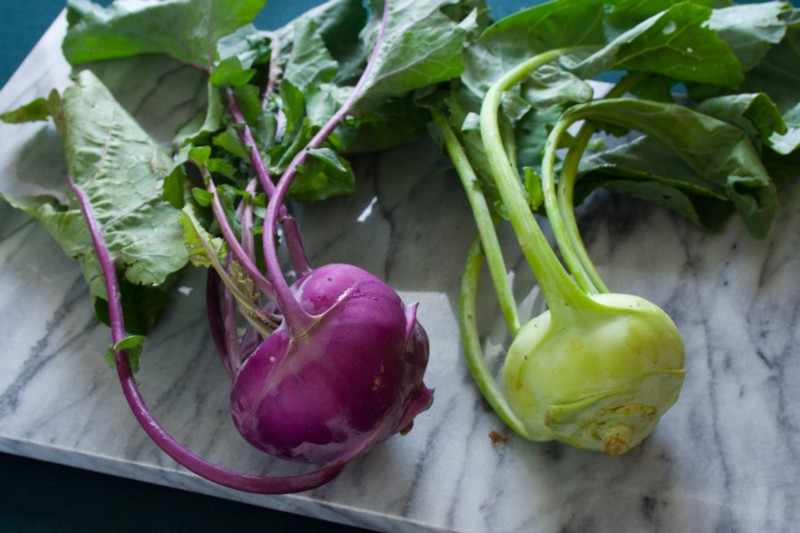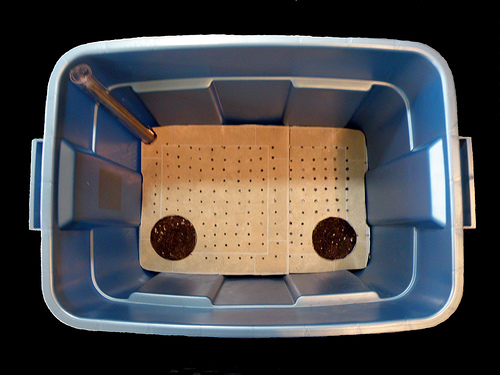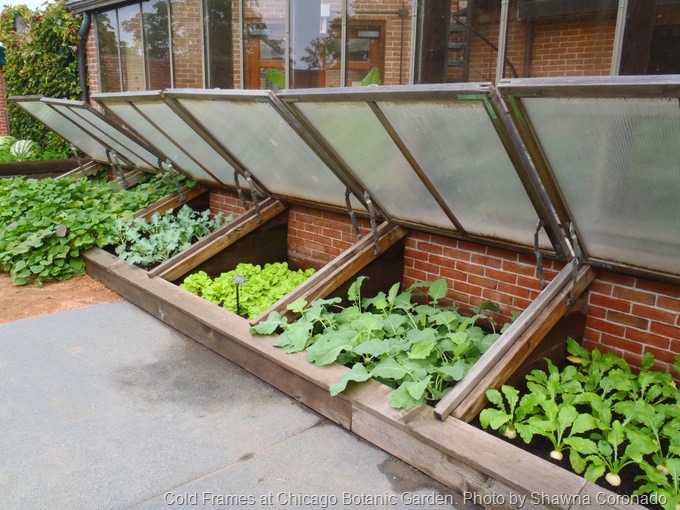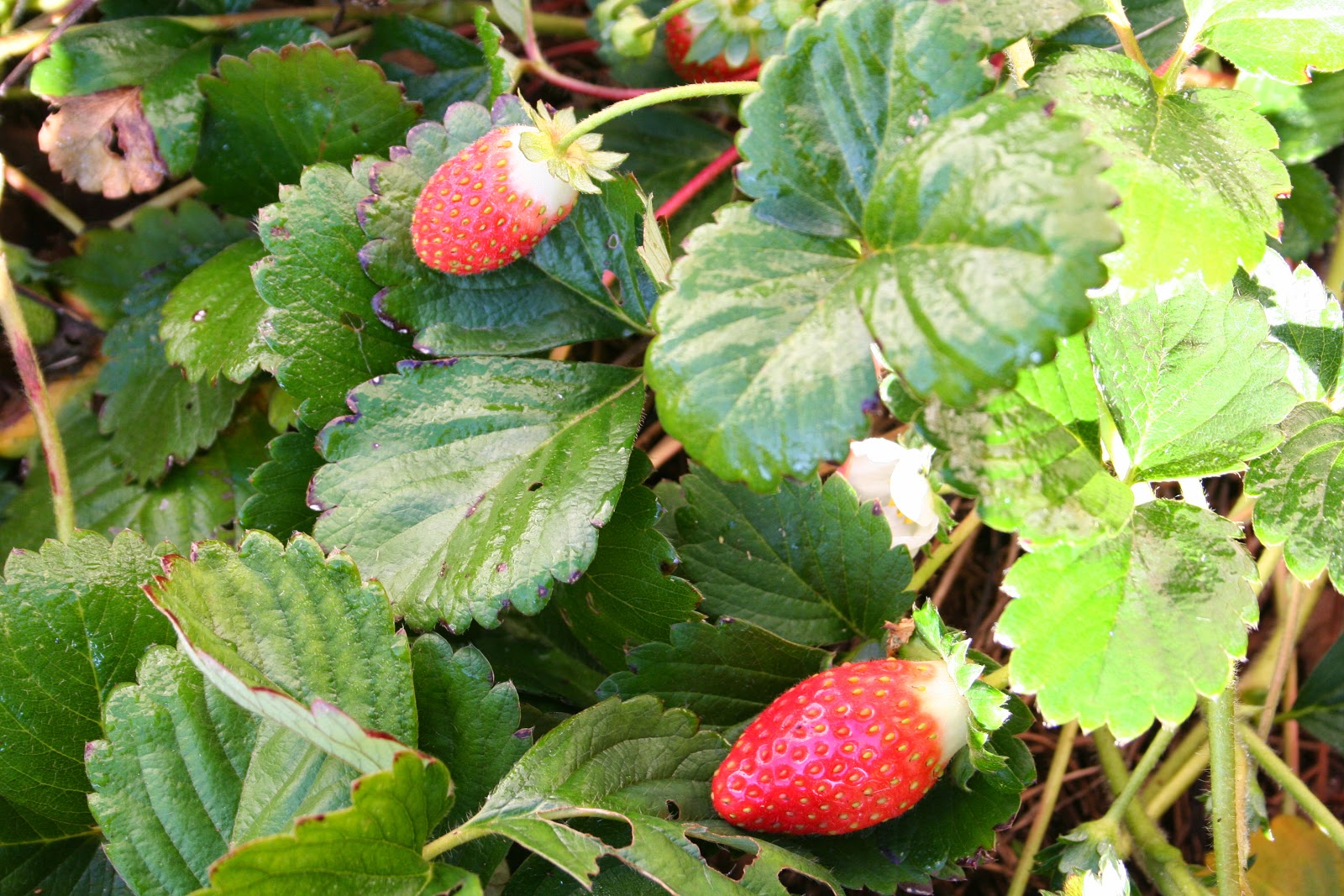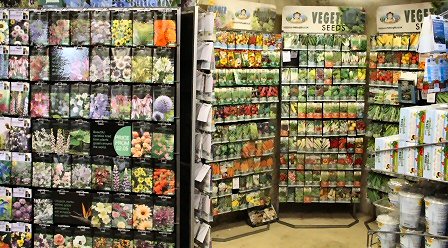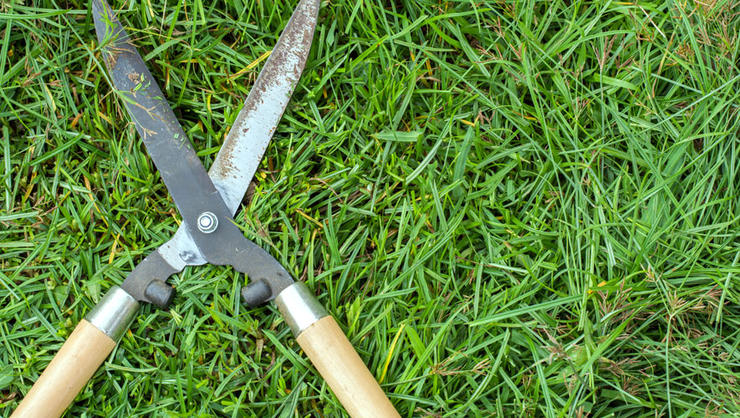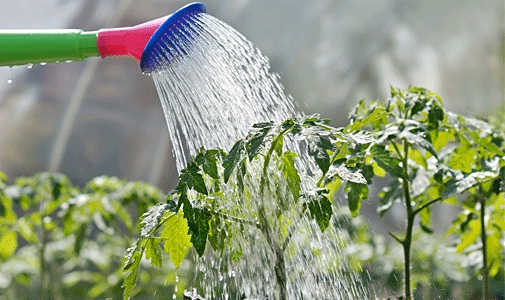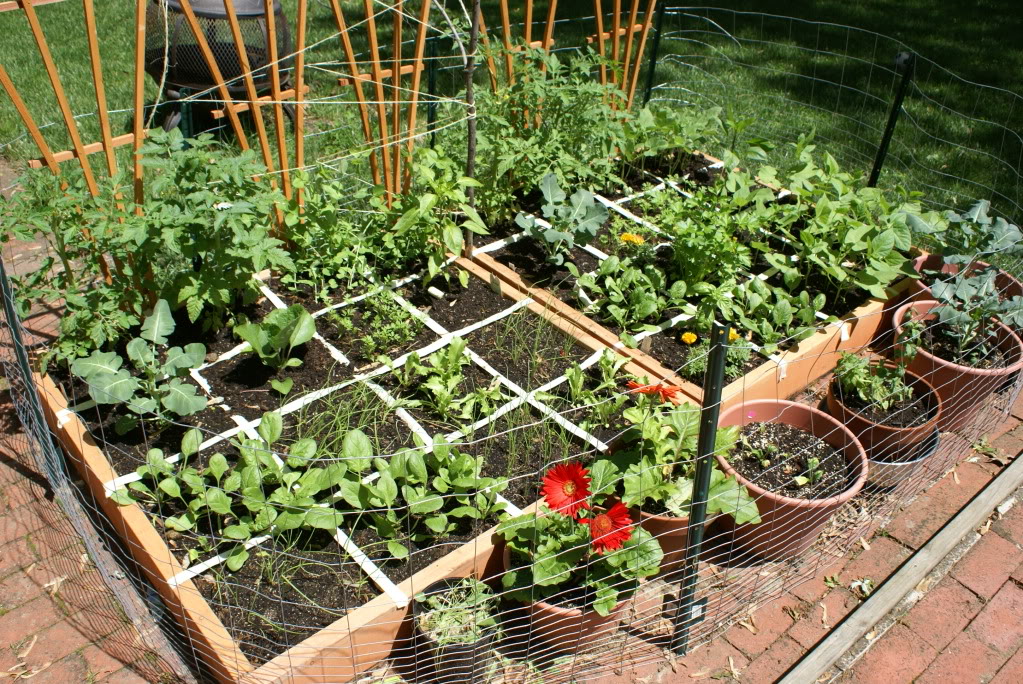Kohlrabi
Kohlrabi is a cold hardy vegetable in the cabbage family. There are both purple and green varieties, both produce edible leaves similar to collard greens that can be eaten raw or cooked and a bulb that can be eaten raw. The bulb grows above the ground and has a skin that should be removed prior … Read more

